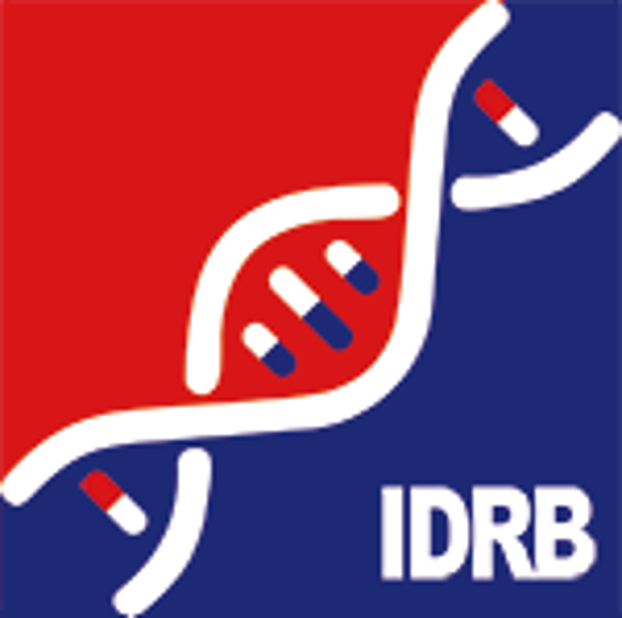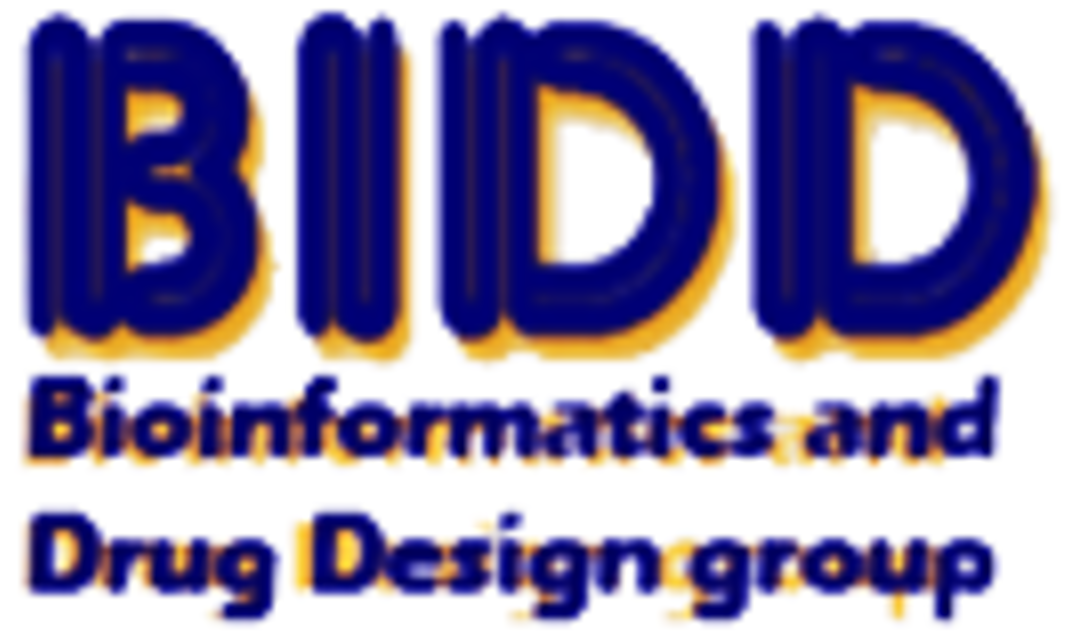| References |
Top |
| REF 1 |
DNA damage and S phase-dependent E2F1 stabilization requires the cIAP1 E3-ubiquitin ligase and is associated with K63-poly-ubiquitination on lysine 161/164 residues. Cell Death Dis. 2017 May 25;8(5):e2816.
|
| REF 2 |
ACTR/AIB1 functions as an E2F1 coactivator to promote breast cancer cell proliferation and antiestrogen resistance. Mol Cell Biol. 2004 Jun;24(12):5157-71.
|
| REF 3 |
Direct control of cell cycle gene expression by proto-oncogene product ACTR, and its autoregulation underlies its transforming activity. Mol Cell Biol. 2006 May;26(10):3810-23.
|
| REF 4 |
hSirT1-dependent regulation of the PCAF-E2F1-p73 apoptotic pathway in response to DNA damage. Mol Cell Biol. 2009 Apr;29(8):1989-98.
|
| REF 5 |
Interactions between E2F1 and SirT1 regulate apoptotic response to DNA damage. Nat Cell Biol. 2006 Sep;8(9):1025-31.
|
| REF 6 |
ncRNA- and Pc2 methylation-dependent gene relocation between nuclear structures mediates gene activation programs. Cell. 2011 Nov 11;147(4):773-88.
|
| REF 7 |
Phosphorylation of pRB at Ser612 by Chk1/2 leads to a complex between pRB and E2F-1 after DNA damage. EMBO J. 2007 Apr 18;26(8):2083-93.
|
| REF 8 |
E2F-1-mediated transactivation is inhibited by complex formation with the retinoblastoma susceptibility gene product. Proc Natl Acad Sci U S A. 1993 Aug 1;90(15):6914-8.
|
| REF 9 |
E2F-6, a member of the E2F family that can behave as a transcriptional repressor. Proc Natl Acad Sci U S A. 1998 Mar 17;95(6):2850-5.
|
| REF 10 |
Analysis of p107-associated proteins: p107 associates with a form of E2F that differs from pRB-associated E2F-1. J Virol. 1993 Dec;67(12):7641-7.
|
| REF 11 |
Specific regulation of E2F family members by cyclin-dependent kinases. Mol Cell Biol. 1997 Jul;17(7):3867-75.
|
| REF 12 |
Phosphorylation- and Skp1-independent in vitro ubiquitination of E2F1 by multiple ROC-cullin ligases. Cancer Res. 2001 Feb 15;61(4):1347-53.
|
| REF 13 |
The CBP co-activator stimulates E2F1/DP1 activity. Nucleic Acids Res. 1996 Nov 1;24(21):4139-45.
|
| REF 14 |
Identification of E-box factor TFE3 as a functional partner for the E2F3 transcription factor. Mol Cell Biol. 2003 Jun;23(11):3707-20.
|
| REF 15 |
Cell cycle-regulated association of E2F1 and Sp1 is related to their functional interaction. Mol Cell Biol. 1996 Apr;16(4):1668-75.
|
| REF 16 |
Brd2 is a TBP-associated protein and recruits TBP into E2F-1 transcriptional complex in response to serum stimulation. Mol Cell Biochem. 2007 Jan;294(1-2):45-54.
|
| REF 17 |
The retinoblastoma protein binds E2F residues required for activation in vivo and TBP binding in vitro. Nucleic Acids Res. 1993 Nov 11;21(22):4998-5004.
|
| REF 18 |
A novel E2F binding protein with Myc-type HLH motif stimulates E2F-dependent transcription by forming a heterodimer. Oncogene. 1998 Aug 20;17(7):853-65.
|
| REF 19 |
In vivo association of E2F and DP family proteins. Mol Cell Biol. 1995 May;15(5):2536-46.
|
| REF 20 |
Stabilization of E2F1 protein by MDM2 through the E2F1 ubiquitination pathway. Oncogene. 2005 Nov 3;24(48):7238-47.
|
| REF 21 |
ATP stimulates MDM2-mediated inhibition of the DNA-binding function of E2F1. FEBS J. 2008 Oct;275(19):4875-86.
|
| REF 22 |
A putative coiled-coil domain of prohibitin is sufficient to repress E2F1-mediated transcription and induce apoptosis. Biochem Biophys Res Commun. 2003 Dec 12;312(2):459-66.
|
| REF 23 |
Prohibitin induces the transcriptional activity of p53 and is exported from the nucleus upon apoptotic signaling. J Biol Chem. 2003 Nov 28;278(48):47853-61.
|
| REF 24 |
Necdin, a postmitotic neuron-specific growth suppressor, interacts with viral transforming proteins and cellular transcription factor E2F1. J Biol Chem. 1998 Jan 9;273(2):720-8.
|
| REF 25 |
Necdin-related MAGE proteins differentially interact with the E2F1 transcription factor and the p75 neurotrophin receptor. J Biol Chem. 2004 Jan 16;279(3):1703-12.
|
| REF 26 |
RING3 kinase transactivates promoters of cell cycle regulatory genes through E2F. Cell Growth Differ. 2000 Aug;11(8):417-24.
|
| REF 27 |
Interaction between ubiquitin-protein ligase SCFSKP2 and E2F-1 underlies the regulation of E2F-1 degradation. Nat Cell Biol. 1999 May;1(1):14-9.
|
| REF 28 |
Residues phosphorylated by TFIIH are required for E2F-1 degradation during S-phase. EMBO J. 1999 Aug 2;18(15):4280-91.
|
| REF 29 |
Modular organization of the E2F1 activation domain and its interaction with general transcription factors TBP and TFIIH. Oncogene. 1997 Nov 27;15(22):2643-58.
|
| REF 30 |
E2F1 localizes to sites of UV-induced DNA damage to enhance nucleotide excision repair. J Biol Chem. 2010 Jun 18;285(25):19308-15.
|
| REF 31 |
Regulation of E2F1 by BRCT domain-containing protein TopBP1. Mol Cell Biol. 2003 May;23(9):3287-304.
|

